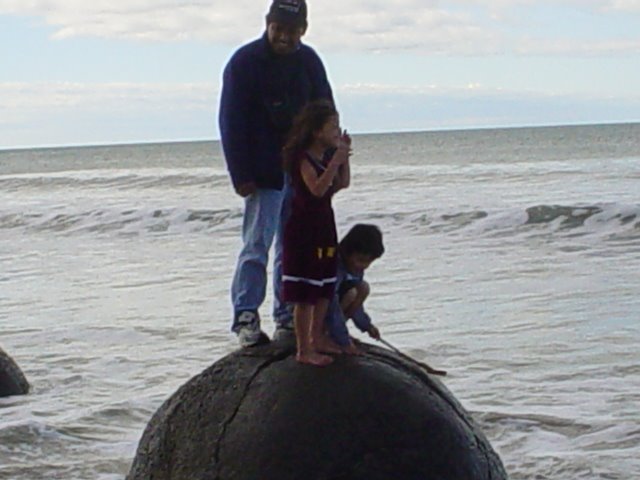Blame Our Culture.
Here is an interesting story about sex, or rather lack of it and not doing IT when you are supposed to. We Asians, not just Malays, but in particular Malays, and all of us Malaysians and Asians in particular have an attitude problem towards showing off physical intimacy in public as well in private. Now there is nothing wrong with that. Our religion Islam forbid us from touching someone else wife or daughter.
See our main media like Malaysiakini, Berita Harian etc, there is nothing about sex, except that the negative part of it. e.g religious officers caught a couple khalwat.
But if she is your wife, I dont think its wrong to hold hand or hug in public.
The problem just doesnt end here.
Because our culture has a big NO NO with anything that goes between MAN and WOMAN, sex education is not discussed in households, and not in school. So we have these kids reaching puberty not knowing anything about sex, and what make babies..
"Ah, the stork brought you here." is the common answer.
In Malay community, sometimes, marriage is arranged between families of the bride and groom. It is assumed that the the mother of the bride would have talk to her daughter about IT before her wedding night. And for the groom, older relatives, uncles etc would brief the groom about IT before the wedding night.
What if all else fail?
The man knows nothing about IT, wasnt taught about it in school, never watched porn, and the relatives never explained it properly? And the same goes for the bride?
What if the bride and groom might think that rubbing their 'anu' against each other and reaching orgasm/ejaculation is equal to sex?
Yeah it is sex, of some sort, but not intercourse.
After a few months and no baby in the making, the relatives start asking the groom;
"Ko masuk kan kat tempat lain kot, tak betul masuk kot."
"Mari pakcik terangkan apa yang ko perlu buat. "
After a year or two.
"Mungkin salah sorang antara kamu ada masalah kot. Elok pegi check doktor"
This may be 'low sperm count' on the male behalf or 'barren woman' whereby the woman doesnt produce eggs, due to severe malnutrition when she is young, or simply she doesnt produce eggs.
Egg? What egg? You mean woman produce eggs like chicken?
Small wonder that the population of Japan, Singapore are projected to decrease. They study hard, work hard to get better future, get rich..yet they forget to reproduce.
Singaporeans blur on sex
Other News & Views
Compiled by BEH YUEN HUI, GLADYS TAY AND A. RAMAN
MANY Singaporeans have been seeking help from doctors on how to have sexual intercourse, Sin Chew Daily reported yesterday.
Singapore Thomson Medical Centre (TMC) founder Dr Cheng Wei Chen said the hospital received several people every month, mostly university graduates, seeking their guidance on how to “do it”.
Its urology senior consultant Dr Lin Fa Cai said he once treated a woman who was married for 10 years and supposedly had sex more than 1,000 times, but was still a virgin.
Dr Lin said the husband, who had a doctorate degree, and his wife, who complained of being unable to conceive, sought help at the hospital.
“The couple told me they had sex about three times a week but when I examined the wife, her hymen was still intact.
“He had a doctorate degree but zero knowledge on sex,” he said.
Another doctor, who declined to be named, said a couple in their 30s sought help from Mount Elizabeth Hospital and Medical Centre for failing to conceive after seven years of marriage.
He said he found no problem with the couple but later discovered that the husband withdrew just before ejaculating.
Chinese school students receive recognition at the Australia Mathematics Competition 2007
Nanyang Siang Pau reported that several Chinese school students had received recognition for their achievement in mathematics at the Australia Mathematics Competition 2007.
Among them was Year Six pupil Chua Zhi Ming of SJK (C) Sin Min B, Sungai Petani, who received a BH Neumann Certificate for perfect scores.
He was the only recipient in the Upper Primary School category.
In the Secondary School category, Lam Yet Sin of SM Sam Tet, Ipoh, and Pang Zhang Xian of Sabah Chinese High School, received a medal each in the junior division of the Western Pacific (Westpac) Awards.
A total of 500,000 students from 39 countries took part in the competition.
The purpose of the competition is to highlight the importance of mathematics as a subject, to uncover talent in mathematics, and to provide resources for classroom and general discussion.

















